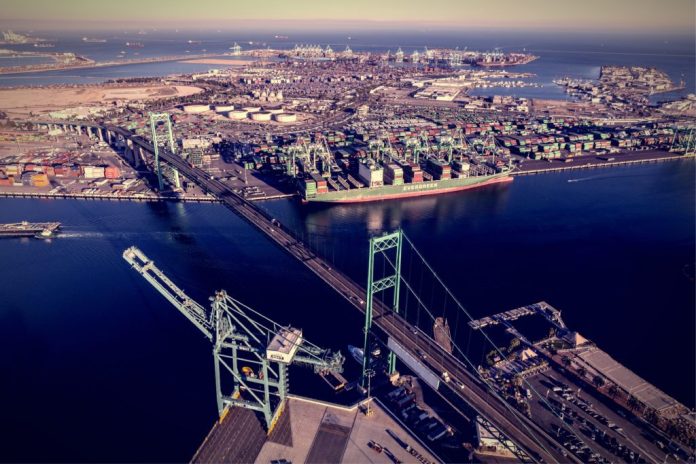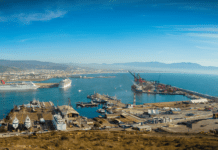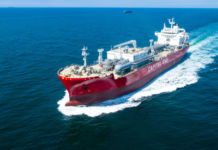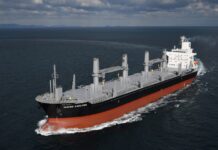
“President Trump signed an executive order on Monday extending the pause of the White House’s reciprocal tariff roll outs for a long list of US trading partners from July 9th to August 1st.
Trump also sent letters to the governments of fourteen countries communicating the extension and specifying the tariff rate that will go into effect in a few weeks. These tariff levels were generally similar to those announced in April, though rates for Cambodia and Laos were significantly lower.
The extensions allow more time for negotiations that could lower or avoid these tariff increases, as so far the White House has only signed an agreement with the UK, announced a tentative trade framework with Vietnam, and is reportedly making progress with several trade partners including the EU, Japan, Cambodia, Indonesia and Thailand.
For ocean freight, this development could mean that importers from the impacted countries will resume shipping activities that they may have been planning to pause if tariff hikes materialized this week.
But the short runway until August and the volumes that many of these shippers have already frontloaded will likely mute the extent of any rest-of-July bump.
The executive order makes clear that these changes do not apply to China, for whom current US tariff levels expire on August 11th. The president has said that the US signed a trade deal with China and the Commerce Secretary elaborated that the agreement will see China resuming its rare earth metals trade with the US and the US taking down countermeasures, though other details of the agreement – including tariff levels – remain unclear.
In terms of ocean freight, since the trade war heat up in April, the major swings in US ocean import volumes and container rates have all centered around US policies for trade with China, with a much more limited impact from tariff changes for other countries.
Though the April pause on reciprocal tariffs spurred frontloading of goods from many countries, including several in South East Asia, the concurrent US tariff hike on China to 145% saw US ocean imports slump overall in April and May.
Likewise, transpacific container rates remained level – and likely would have decreased without the significant blanked sailings carriers implemented in April and May – in this stretch despite increased volumes out of SEA. But volumes rebounded sharply and container rates spiked by thousands of dollars per FEU following the US reducing its tariff on China to 30% in mid-May.
This article was written by Judah Levine, Head of Research, Freightos




